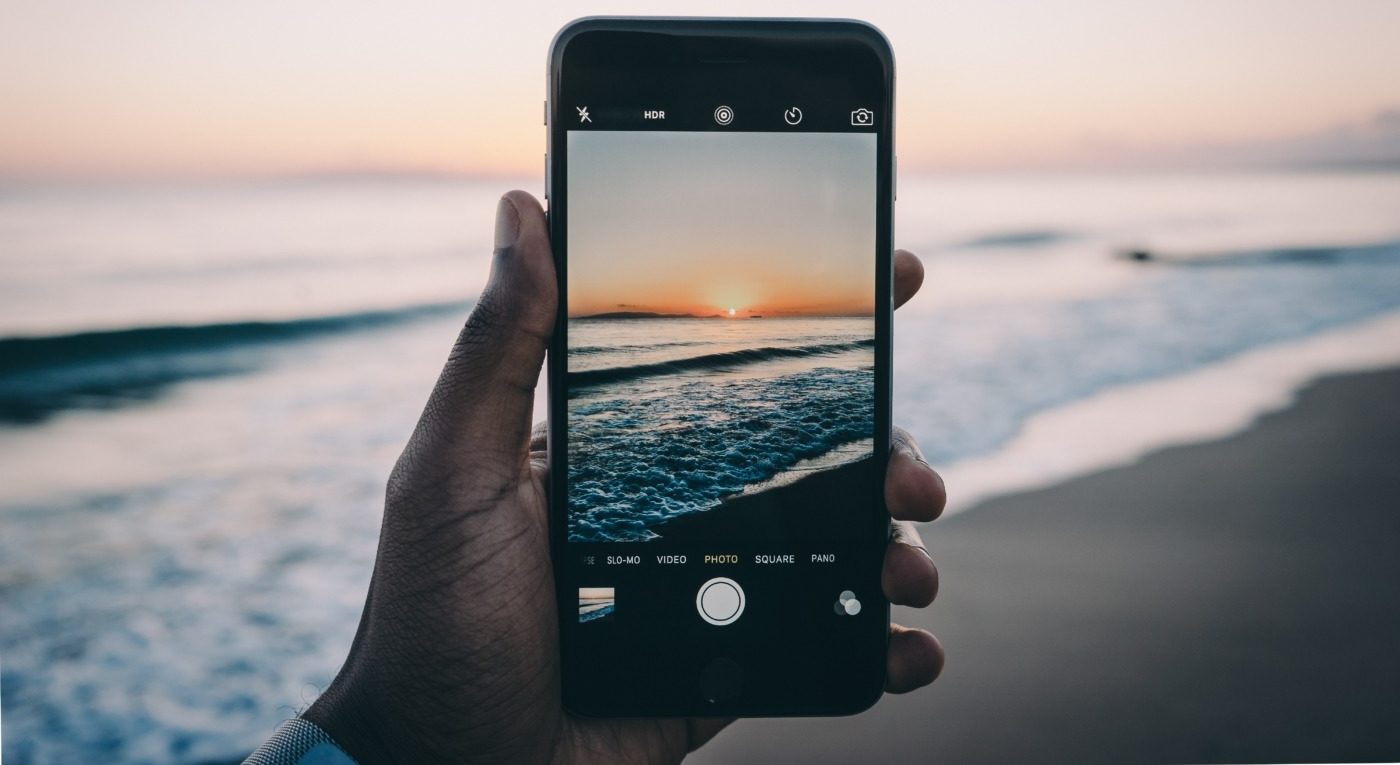The Turner Prize 2018
Charlotte Prodger was recently awarded the 2018 Turner Prize and subsequently won £25,000 in prize money for the submission of her short film, Bridget. The plucky artist herself describes it as being an exploration of the “fluidity of identity from a queer perspective” that runs parallel with her desire to demonstrate to an audience the inevitable “intertwining between landscape, body, technology and time”. These are weighty subjects for any artistic endeavour, and not in the least because of their autobiographical nature – Prodger herself came out in her later teenage years.
Yet, what distinguished Prodger’s film from those of her competition was the format she chose to adopt. The film is succinctly summarised by Mark Brown, an Arts Correspondent for The Guardian, as being composed out of a “series of short clips filmed on an iPhone”. The Chairman of the judging panel, Alex Farquharson, referred to this artistic direction on Prodger’s part as: “[the] most profound use of a device as prosaic as the iPhone camera that we’ve seen in Art to date”. Prodger’s well-earned success regarding the Turner Prize does, however, raise an important question. Is Charlotte Prodger’s use of an iPhone merely a trendy technique for the Turner Prize, or the beginning of a new age in filmmaking? And, if it turns out to be the latter, what possible consequences could this new direction in filmmaking have on the accessibility of art?
What distinguished Prodger’s film from those of her competition was the format she chose to adopt
Although it may be impossible to determine that one successful short film indicates a paradigm shift in the art of filmmaking, it doesn’t require much effort to dispel the notion that Prodger took advantage of this format as a trendy move to win the Turner Prize. In an interview carried out by Film London, Prodger outlines how throughout the course of her filmmaking career she has transitioned through numerous “moving image formats” in an attempt to probe and explore the “the material parameters of those formats, the formal constraints of these formats that have become inextricably bound to the autobiographical content of my work”. Indeed, the concepts of fluidity and motion appear to be central themes to Bridget. These are reflected not only by her conscious decision to undermine what she identifies as the traditional “formal constraints” of the formats of autobiographical (or semi-autobiographical) film, but through her focus on shifting natural landscapes and on the Neolithic deities whom provide both the namesake for the titular character, Bridget, and serve to further convey the themes of fluidity regarding gender and identity. Prodger elaborates on these in a short extract from the film, where she reflects upon the shifting identities of Pagan Goddesses over time: “the deities of antiquity had a very great number of names”.
It may be impossible to determine that one successful short film indicates a paradigm shift in the art of filmmaking
The iPhone, therefore, is the perfect device to convey these images to an audience. Almost too perfect, if you think about it. Prodger describes her own filming style as being akin to a sketchbook: “I’m just filming as I go about my daily life.” Now, tell me: when you want to film something that catches your eye whilst out and about, do you whip out your Panasonic HCX1000E4K Camcorder? Or do you quickly pull our phone out your pocket to get whatever it is you’ve just seen on video, whilst pausing to take what is probably the 33rd selfie of your day? The use of the phone gives the format of Prodger’s work a more personal and accessible quality, as though you could be watching footage that anyone had taken. And that’s before we take into account the increased relationship between the individual self and the phone. It’s innate to our modern sense of identity and to the very way we structure our lives. As Prodger herself puts it: “it connects me to global time…through social media, emails, work. It’s all on the phone.”
If filming on an iPhone is capable of giving one’s project a more personal touch, then what does this say about the direction that filmmaking as an art form will take in the future? Certainly, the increased normalisation of a more technologically minimalistic film will most likely lead to an increased accessibility to the art of film. Instead of going bankrupt trying to purchase the most expensive cameras, all one now needs to do is press the record button on their iPhone camera. On the other hand, it is difficult to predict whether this particular style of film will appeal to large enough audiences. Although the judges at the Turner prize were quite swept away by Charlotte Prodger’s piece, Bridget is made highly personal by its exploration of the fluidity of identity and the difficulties that accompany such a journey, and this makes it nigh impossible to determine whether its unique style could be successfully replicated for alternative subjects and themes. It seems that only time will tell.

Comments
Comments are closed here.